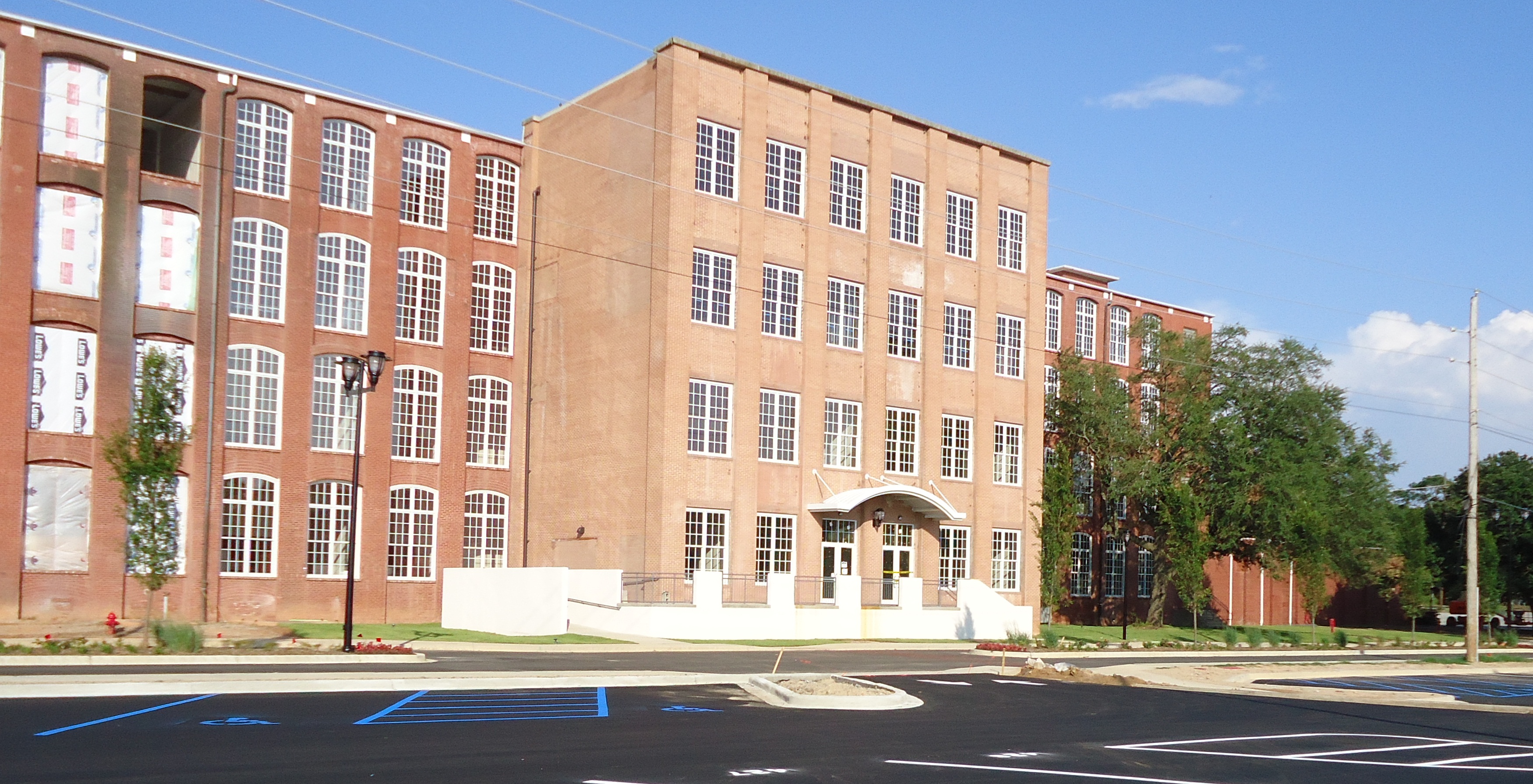The following article is the first in a series about economic development tools and how to use them.
Like a skilled artisan, a successful economic developer must know what tools are available for a particular task and how to combine them to produce the best results.
An often underutilized economic development tool for downtown or commercial development is designating property (or a group of properties) as a multicounty business park. While counties have been using the approach for years to promote industrial development, local governments are finding opportunities to use the multicounty approach to incentivize commercial development and fund public infrastructure projects to support commercial development.

Oakland Mill, Newberry
Use of this technique is not limited to large cities. Moderate size communities like Greenwood and Newberry have successfully used the multicounty business park designations.
In Newberry, it provided fee-in-lieu of tax revenue to pay for blight clearance, streetscaping and water/sewer improvements to support a $22.2 million adaptive reuse of a 400,000 square foot textile mill. Newberry was able to convert the mill to market-rate apartments and an off campus dorm leased to Newberry College.
Greenwood used the tool to incentivize national retail chains like Kohls and Publix to anchor new development projects in the city.
In the Upstate, Spartanburg worked with the county to pre-approve corridors where the MCBP designation can be used to grant a 30"50 percent tax break for redevelopment projects.
To use the multicounty park concept, at least two contiguous counties, one of which must have a lower state-designated job development status, must partners with a private developer/owner to promote economic development. There are many benefits for the partners. Local governments benefit by sharing in the tax revenues generated by the park and spin off development.
Also, it is an attractive tool because the counties may negotiate with the private developer/owner to pay a fee instead of property taxes. This flexibility may lower the private party's tax payment, while the local government may use the revenue generated by the fee to build needed infrastructure to support the project. Another benefit for the private entity, particularly in industrial development, is the potential of earning an additional $1,000 income tax credit for each job created as a result of the project.
While this economic development tool allows revenue generated in a multicounty park to be used to incentivize private development, it is important to remember that in South Carolina public funds may only be expended for a "public purpose."
As defined by the state Supreme Court, public purpose "has for its objective the promotion of the public health, safety, morals, general welfare, security, prosperity, and contentment of all the inhabitants or residents, or at least a substantial part thereof." Anderson v. Baehr, 265 S.C. 153, 217 S.E.2d 43, 47-48 (1975).
Cooperation among local government officials is essential to successfully use the multicounty park designation. According to state law, county council has the sole authority to implement a multicounty designation. The designation requires consent of city/town council when the designated properties are located within a municipality. County council also determines if school taxes will be impacted and to what extent, and directs the expenditure of all tax revenue generated by the project.
Finally, the multicounty park designation can be bundled with other economic development tools. It is important to work with an attorney experienced in using these tools to create the right package for incentivizing economic development.
